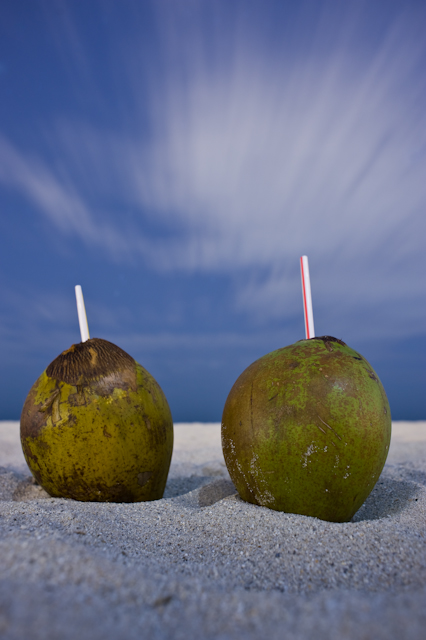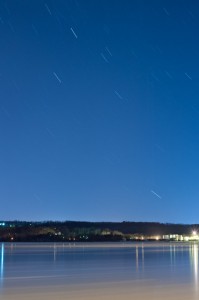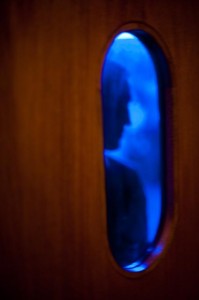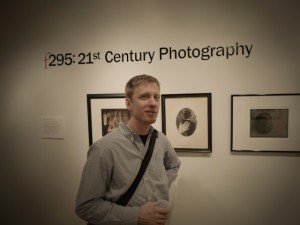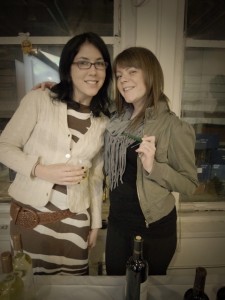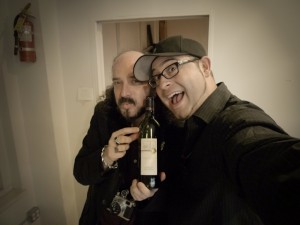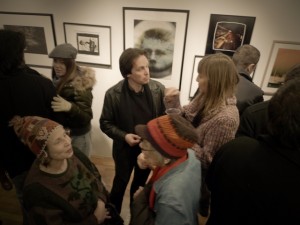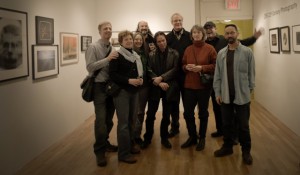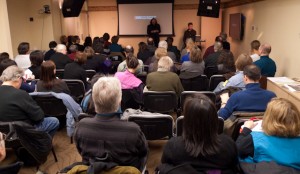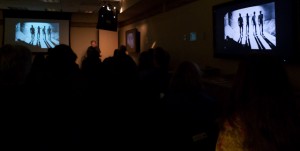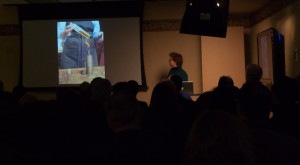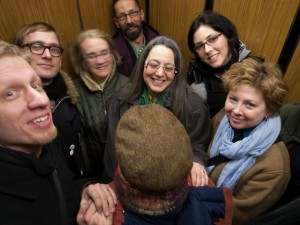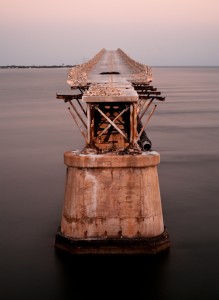 |
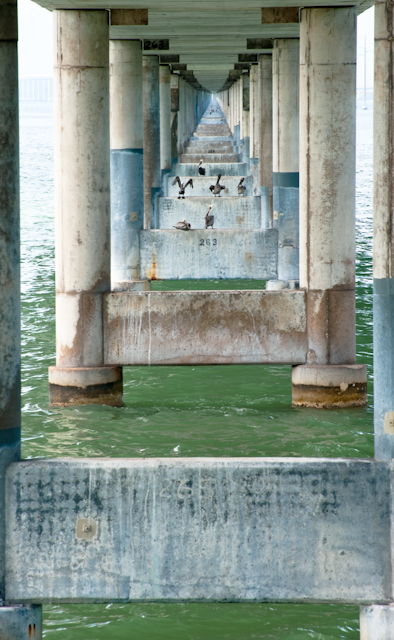 |
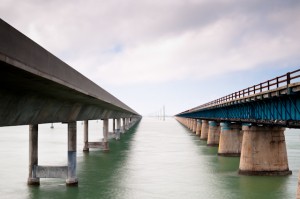 |
So I’ve got a thing for bridges.
A significant part of my job involves traveling the United States, taking pictures along the way. Besides the typical shots of the food we eat and monuments we see, I was looking to focus my “travel” work into a more cohesive theme. I thought, “what can be found in almost every city?” Looking back at my past work, I realized I have a fascination for man-made industrial objects, especially if they are set in a contrasting natural environment. And thus the Bridge Project was born.
A bridge, as we commonly know, is a connection over an often dramatic obstacle. The earliest bridges were made by nature, a simple log fallen across a creek. The success of the Roman Empire relied heavily on their cement bridges and aqueducts that connected all roads to Rome. The word bridge (besides the card game I’ve never figured out) is also a commonly used metaphor to describe a transitional route or phase between two times in one’s life.
I’m still in the collecting phases of the Bridge Project. I started shooting it exclusively pinhole, mainly because I wanted to emphasize the solid foundation of the man made object and the continual flow of the natural obstacle, usually water. Lately, I’ve been expanding the project to digital capture. I often use a 10 stop neutral density filter over the lens to create exposures of up to 2-4 minutes during bright sunny days when normal capture would be a fraction of a second. I’m also utilizing the long exposures during the night to accentuate the flowing currents and clouds in the image.
Looking over last week’s images from Miami, it was this “end of the world” image of the Old Seven Mile Bridge, previously the Knights Key-Pigeon Key-Moser Channel-Pacet Channel Bridge, that won the Photo of the Week.
Constructed under the direction of Henry Flagler between 1909-1912 it was the first attempt to link the Florida mainland with the Key islands to the south and was part of the even bigger Florida East Coast Railway. The construction employed over 4,000 men and the latest engineering innovations since this area was prime hurricane territory. In fact, 3 hurricanes threatened the completion of the project. When completed, it was one of the longest bridges in existence. The total length was 35,815 feet and consisted of 335 steel girder 80-foot spans, 9,000 feet of concrete arch viaduct, and a 253-foot swing truss drawbridge span. The Florida Overseas Railroad Bridge vied with the Panama Canal for the title of the 8th Wonder of the World.
The Railroad successfully withstood the storms and traffic until the Labor Day Hurricane of 1935, The Storm of the Century, devastated the Keys. Over 420 lives were lost, more than half were WW1 veterans who were working on the new US Highway 1 for the WPA (Works Progress Administration). Though most of the concrete sections of the Florida Overseas Railroad survived the storm, the many miles of rock-made causeways and rail beds were washed out. Thus the linkage of the keys was destroyed.
Cars were beginning to replace trains as the modern mode of transportation and the Florida East Coast Railway was financially unable to reconstruct the bridge. At that time, the state stepped in and construction of the Overseas Highway which utilized parts of Henry Flagler’s railroad bridges was completed in 1938. The new two lane Overseas Highway served the Keys well and successfully survived many hurricanes and brought more traffic and tourism to the Keys then ever before. But time takes its toll and 40 years later the groundwork for the new 7 mile bridge was laid. The new bridge is a box-girder structure built from precast, prestressed concrete sections, comprising 440 spans. See the below images for a detail shot of the concrete sections, with pelicans, as well as the comparison of the new and old 7 mile bridge. The bridge arcs to 65 feet near the center to accommodate boat passage but mainly rides closer to the water surface the rest of the way. It was finished in 1983 and the old bridge was designated for preservation by the National Register. It no longer carries cars and sections have been removed for safety and boat passage purposes. Now these 23 old sections are used as fishing piers or by joggers and strollers who want to take a stroll along what looks like the end of the world.
